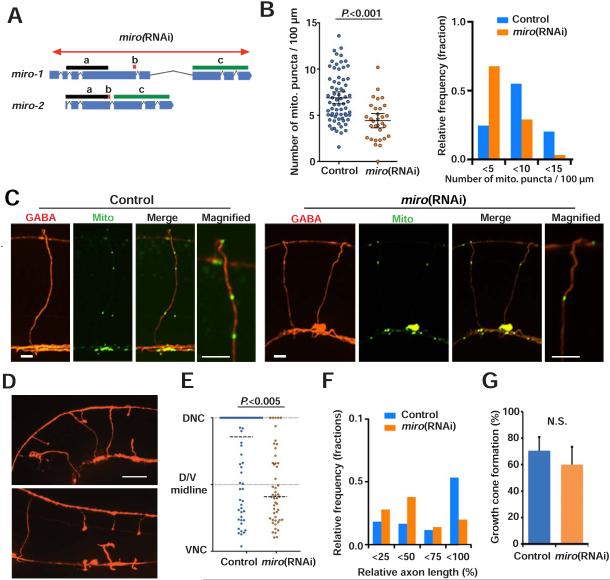Figure 4. Decreasing axonal mitochondria reduces axon regeneration.
(A) Diagram showing genetic loci for miro-1 and miro-2, and the miro RNAi targeting area. Bars (a, b and c) indicate areas with 100% identical nucleotide sequence.
(B) Scatter plot (left) and binned frequency graph (right) showing mitochondria density in GABA axons of L4 stage animals with or without GABA specific miro RNAi. Bars indicate average ± 95% confidence interval. Statistical significance was calculated by the Mann–Whitney test.
(C) Mitochondria in GABA neurons of control and miro(RNAi) animals. The right panels are magnified images of boxed areas. Asterisk indicates cell body. Arrowheads indicate individual mito::GFP puncta. Scale bars are 5 μm.
(D) GABA axons 24 hours after axotomy in control and miro RNAi animals. Arrows indicate successful regeneration; arrowheads indicate failed regeneration; asterisks indicate distal stumps that confirm axotomy. Scale bar is 20 μm.
(E and F) Scatter plot (E) and binned frequency graph (F) of relative axon length of GABA axons 24 hours after axotomy. Dots indicate individual axons and lines indicate median. N is 71 (control) and 50 (miro RNAi). Error bars indicate 95% confidence interval. Horizontal dashed lines indicate median. Statistical significance was calculated by the Mann–Whitney test.
(G) Growth cone formation 24 hours after axotomy. Error bars indicate 95% confidence interval. Statistical significance was calculated by Fisher's exact test.

